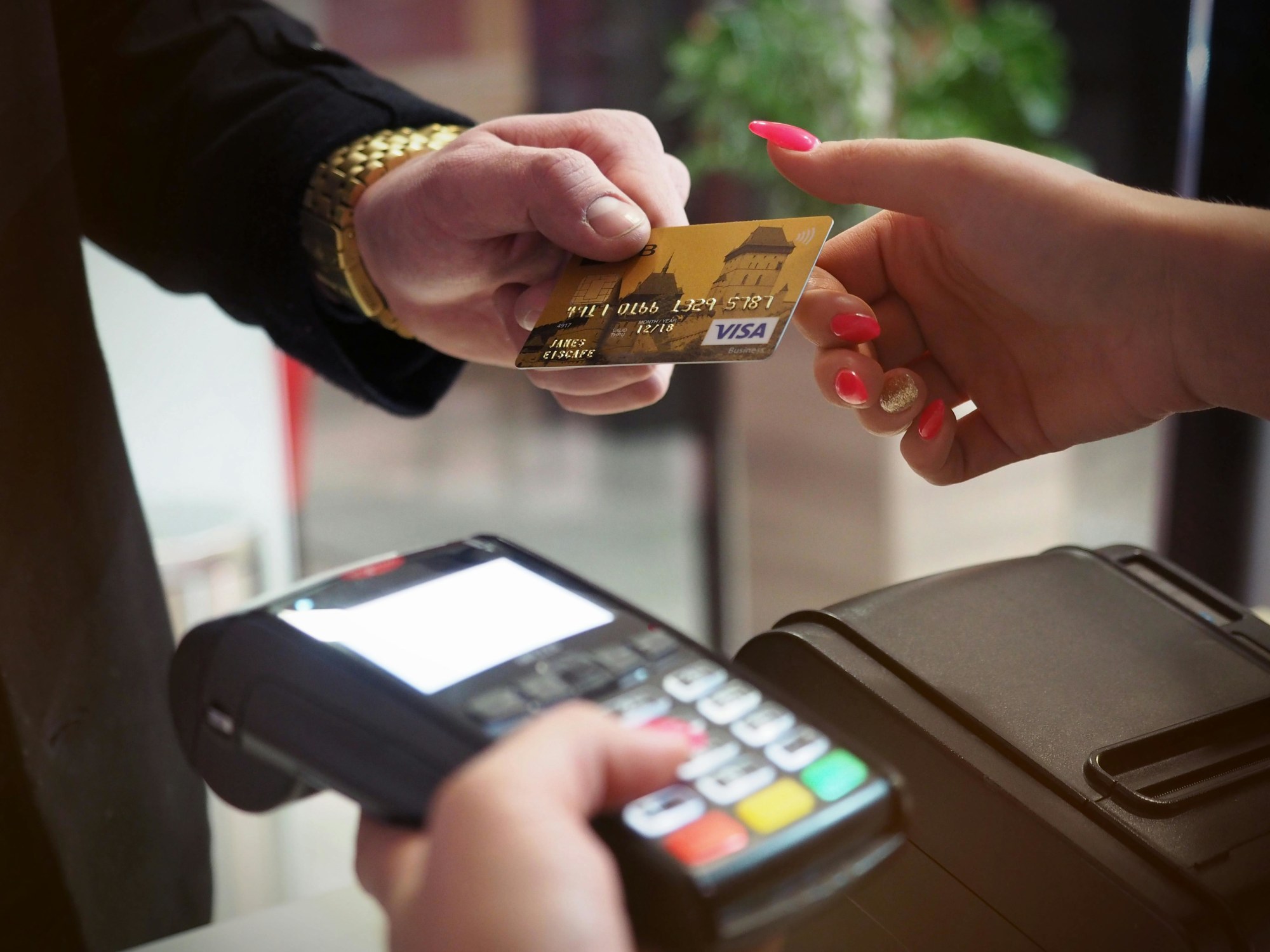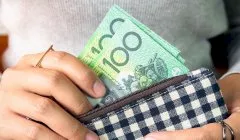Save
The 4 types of COVID-19 consumers: Which one are you?
Australians are still living in fear of worsening economic conditions, with a study revealing changed spending behaviours across the board despite varying levels of individual financial impact.
The 4 types of COVID-19 consumers: Which one are you?
Australians are still living in fear of worsening economic conditions, with a study revealing changed spending behaviours across the board despite varying levels of individual financial impact.

McKinsey & Company has identified four distinct consumer segments as emerging from the COVID-19 crisis.
That same research revealed price consciousness as being on the rise in Australia, with six in 10 Australians reporting being very or extremely concerned about the economy since early April.
While McKinsey & Company did find each consumer segment to be very distinct, the organisation’s leader of consumer packaged goods and retail practices Australia and New Zealand, Jenny Child, said there has been “a strong intent to pull back spending across almost all segments of consumers”.
“The cautious consumer is not a passing phenomenon, it’s here to stay,” she conceded.

Here are the four different types of consumers in a COVID-19-impacted world, according to McKinsey & Company:
- Making ends meet
This segment was struggling prior to the pandemic and continue to struggle.
- Optimistic but cautious
This group is worried about the health impacts of coronavirus, as well as the economic impacts. In saying this, this group is a more financially secure sector of the population.
- Stable and consistent
McKinsey & Company outlined that this group is the highest income segment. These consumers have experienced a small amount of financial impact but have been able to hold onto a “relatively stable” mindset throughout without too much change to their spending behaviours.
- Income in jeopardy
This segment consists of individuals and families who have already seen a significant change to their household income as a result of COVID-19. They also have a fear it will worsen further.
Despite the recent announcement that JobKeeper and JobSeeker stimulus methods will continue until at least March 2021, albeit at a lower rate, McKinsey & Company said it “will not cushion the full impact of COVID-19 on household incomes”.
“Households are tightening spending in anticipation,” it was reported, meaning that across all four segments, there has been an emergence of “longstanding recession behaviours”.
According to Ms Child, this has meant frugality, reuse and shifts to discounted shopping methods and bargain hunting are very much coming to the fore.
About the author

About the author


Savings account
Protecting your savings from inflation in Australia
Inflation is an economic phenomenon that erodes the purchasing power of money over time, directly impacting the real value of your savings. In Australia, as in many parts of the world, periodic rises ...Read more

Savings account
Maximising your savings effortlessly: The power of automation in Australia
In the fast-paced world we live in, managing finances can often become an overlooked aspect of our daily routines. However, the advent of technology has introduced a seamless solution to this ...Read more

Savings account
Maximising your savings account: What you need to know
Saving money is a fundamental aspect of financial security and wellbeing. Read more

Savings account
Are ‘nudges’ the secret ingredient to financial wellness?
Are better financial habits a simple reminder away? Read more

Savings account
Afterpay launches Money app, bank accounts and retroactive BNPL
Afterpay is upgrading its app-based arsenal. Read more

Savings account
2020 saw the fastest increase in bank deposits since the GFC
Bank deposits of Australian households increased by more than 12 per cent last year. Read more

Savings account
Australians are putting savings goals ahead of holiday plans
While travel restrictions are soon set to ease, Australians are still putting their savings goals first. Read more

Savings account
More than half of Aussie Millennials don’t have a savings plan
Money is remaining a taboo subject for Millennials, which is leading to poor saving habits, a big four bank has revealed. Read more

Savings account
Protecting your savings from inflation in Australia
Inflation is an economic phenomenon that erodes the purchasing power of money over time, directly impacting the real value of your savings. In Australia, as in many parts of the world, periodic rises ...Read more

Savings account
Maximising your savings effortlessly: The power of automation in Australia
In the fast-paced world we live in, managing finances can often become an overlooked aspect of our daily routines. However, the advent of technology has introduced a seamless solution to this ...Read more

Savings account
Maximising your savings account: What you need to know
Saving money is a fundamental aspect of financial security and wellbeing. Read more

Savings account
Are ‘nudges’ the secret ingredient to financial wellness?
Are better financial habits a simple reminder away? Read more

Savings account
Afterpay launches Money app, bank accounts and retroactive BNPL
Afterpay is upgrading its app-based arsenal. Read more

Savings account
2020 saw the fastest increase in bank deposits since the GFC
Bank deposits of Australian households increased by more than 12 per cent last year. Read more

Savings account
Australians are putting savings goals ahead of holiday plans
While travel restrictions are soon set to ease, Australians are still putting their savings goals first. Read more

Savings account
More than half of Aussie Millennials don’t have a savings plan
Money is remaining a taboo subject for Millennials, which is leading to poor saving habits, a big four bank has revealed. Read more













